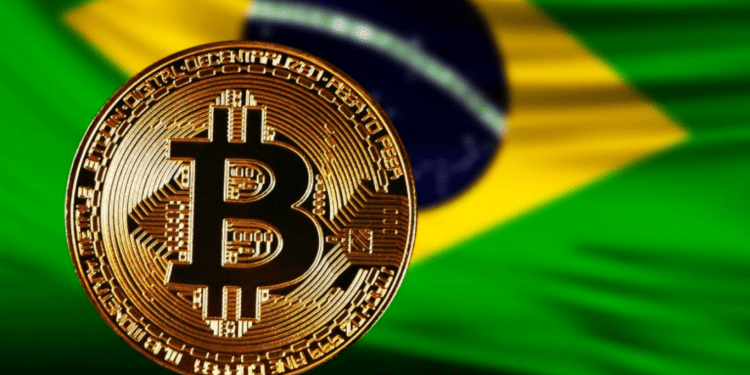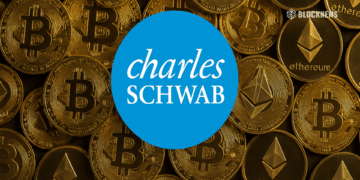- The Brazilian Central Bank has announced the launch of its CBDC project pilot.
- The digital real to foster increased inclusion of individuals in the financial sector.
- Public use of the digital currency is expected to start at the end of 2024.
The rising popularity of Central Bank Digital Currencies (CBDCs) is pivoted on their potential to improve legacy use cases of fiat money, such as enhancing financial inclusion and reducing international remittance costs. By spearheading the design process and explaining the use cases, the Brazilian Central Bank has taken the strategic conversations of its CBDC project to the public through a pilot.
Brazil Commences Public Testing Of Its CBDC
On Monday, March 6, Reuters reported that Brazil’s central bank (BACEN) had officially started its digital currency project. BACEN, specifically, seeks to replicate the success achieved by the instant payment system, Pix.
Brazil’s CBDC aims to foster increased inclusion of individuals in the financial sector and popularize financial services in the country.
According to Fabio Araujo, the CBDC project coordinator at the Brazilian central bank, the public use of the digital Brazilian real (BRL) is expected to start at the end of 2024 after the completion and subsequent evaluation of the testing phase.
As CBDC’s become an integral part of the digital currency discourse, governments always need guidance on whether or not to develop their own. Some countries have embarked on beta rollouts for the development of the financial sector while others take a back seat watching how it all plays out before they dip in their figures.
For BACEN, the “digital real” is developed as a payment option on distributed ledger technology (DLT) “to support the provision of retail financial services settled through tokenized deposits in institutions of the financial and payment systems in Brazil,” said Araujo.
The project’s coordinator further said:
“This environment reduces costs and brings the possibility of financial inclusion for people. You have services that are very expensive to carry out, such as repo operations, which today are only for banks, but which could be performed by anyone with a technology based on digital currencies.”
Araujo further added:
“This could reduce the cost of credit, the cost of improving the return on investments. There is a great potential for new service providers, fintechs, democratizing access to the market and offering new services.”
However, the BACEN official quickly clarified that the proposed Brazilian central bank digital currency is intended for something other than digital payments, as Brazil’s existing payment system Pix, launched in 2021, fulfills this purpose on a large scale. Pix has been widely adopted by Brazilians, with data from Statista showing that approximately 119 million people in Brazil had received money using Pix by August 2022.
Brazilians need not worry as Bank deposits will continue to exist within the digital fundamental, only being registered in a more modern environment. This implies that financial institutions would retain this source of funds for credit generation.
To this end, Araujo said, “Banks are very interested in this new tokenized world. In every conversation, they have shown a lot of interest.”
Brazil is not the first country to try out a digital version of its legal tender. Other countries have rolled out CBDC pilots, including the USA, India, China, Nigeria, the Bahamas, and Singapore, among others. Last year, the European Central Bank (ECB) confirmed it was considering launching a wholesale digital euro for securities settlement, while Japan’s central bank is set to begin piloting its CBDC next month.
In India, the retail digital rupee test, which commences in December 2022, has already onboarded more than 50,000 users and 5,000 merchants. In the US, however, Tom Emmer, a representative for Minnesota’s 6th congressional district, has brought a bill before the house to stop the issuance of the digital dollar, arguing that it strips Americans of their right to financial privacy.














